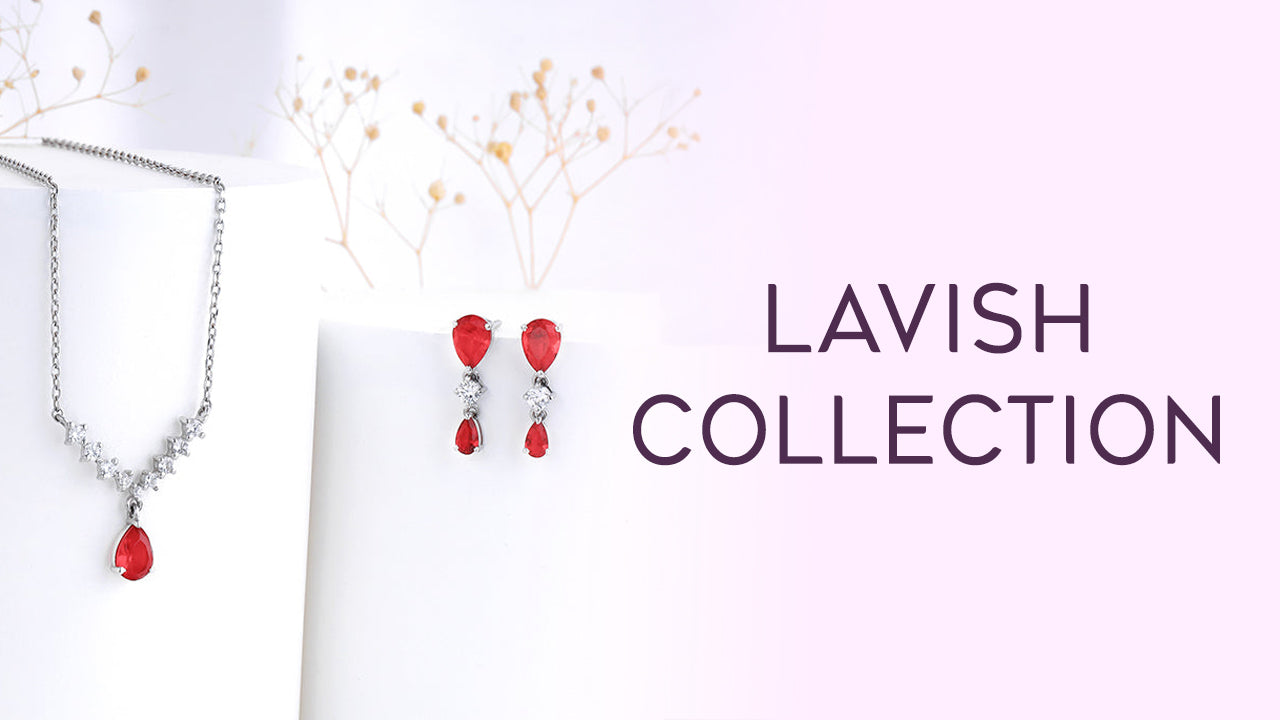
Share
Exploring the Different Types of Silver - Sterling, Fine, and Coin Silver
Silver is a high value, precious, bright & shining metal with a long history of its use in human civilization. Silver is widely used in jewellery, electronics, photography, medicines & other industrial applications. Silver has cultural & economic significance and also a symbol of wealth & status.
Various Forms of Silver -
You would find many different types & forms of silver -
- Pure or Fine Silver
- Sterling Silver
- Coin Silver
- Silver Compounds
- Silver Nanoparticles
From the jewellery perspective, there are three important types of silver -
Sterling Silver -
Sterling silver is an alloy, which is made up of 92.5% pure silver & 7.5% other metals, usually copper. It has a bright & lustrous shine like pure silver. Sterling silver is considered good for making silver jewellery -
- It is relatively durable, less likely to bend or break in comparison to pure silver.
- It is more affordable than gold or platinum. It is more accessible for a wide range of jewellery designs & styles.
- Sterling silver can be used to create a variety of jewellery pieces like - necklaces, bracelets, bangles, chains, rings, & earrings.
Caring for Sterling Silver Jewellery -
- It can tarnish very easily due to the exposure of air, moisture & chemicals. Avoid more and more contact with these factors for your silver jewellery.
- Put sterling silver jewellery in a clean and dry place such as a jewellery box.
- Always clean your sterling silver jewellery with a soft cloth or specialized silver cleaning solution.

Pure/Fine Silver -
Pure or fine silver is 99.9% pure and it has a very minimal part of other elements. The purity level is often marked with “999”. It is more luminous in comparison to sterling silver. There are the following reasons to make the silver jewellery from pure silver -
- It is less prone to tarnishing because of the lack of elements reacting with the air and moisture.
- It is very soft and malleable, thus it is easier to bend. It is very good to make heavy silver ornaments.
- Pure silver is often considered hypoallergenic, making it an ideal choice for people with sensitive skin.
Caring for Fine Silver Jewellery -
- The softness of pure silver is a reason that it can’t be used for making daily wear jewellery. It can easily bend, scratch or break.
- Designing intricate designs & settings on the pure silver jewellery is often difficult.
- It is more difficult to maintain the pure silver jewellery due to its high quality silver content.

Coin Silver -
Coin silver is a type of silver which was used in the United States from the late 18th to 20th centuries. It is a mix of 90% silver and 10% copper. There are many reasons for using the coin silver for making the silver jewellery -
- It is a convenient and accessible medium to repurpose silver jewellery.
- It is more cost-effective than using newly mined or refined silver. It is an economical choice for creating jewellery.
- It is an ideal silver type for making intricate jewellery designs.
- It has more sentimental and collectible appeal.
- It creates a more rustic look, which is highly desirable for antique & handmade silver jewellery.
Caring for Coin Silver Jewellery -
- Clean your coin silver jewellery on a regular basis to remove tarnish & restore shine.
- Do not use harsh chemicals or abrasive cleaners on coin silver jewellery.
- For more stubborn tarnish, you can make a baking soda & water paste and apply it gently.

Conclusion -
When it comes to buying silver jewellery, it is necessary to identify the type of silver carefully. It can become helpful to decide the preferences, needs, and budgets. The choice of silver totally depends on the various factors like - durability, aesthetics, or affordability.
Proper care and maintenance is necessary to preserve the beauty, charm and longevity of silver jewellery of any type. The diversity in silver jewellery ensures that silver remains a timeless material in the world of jewellery.

